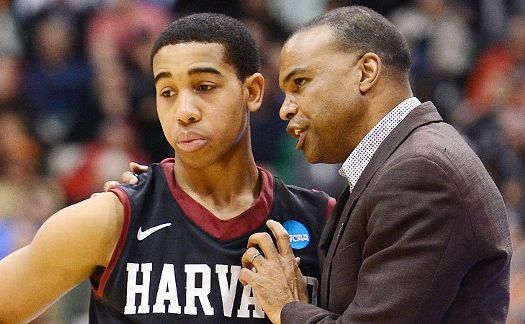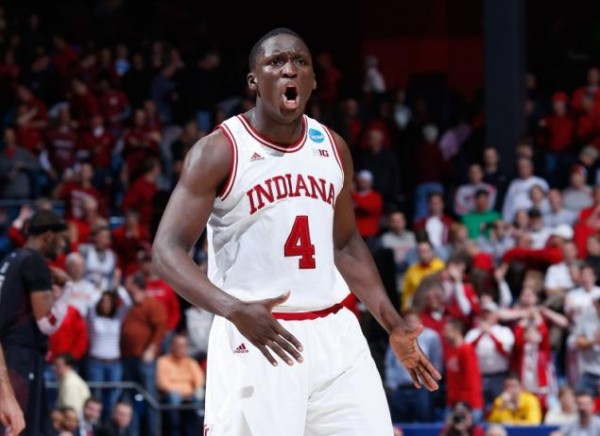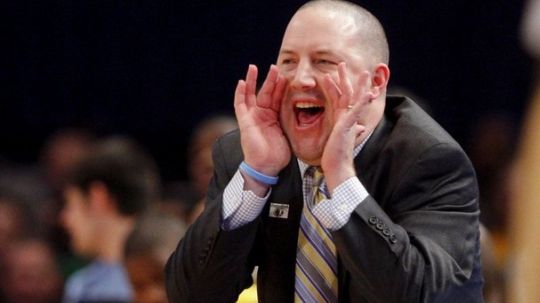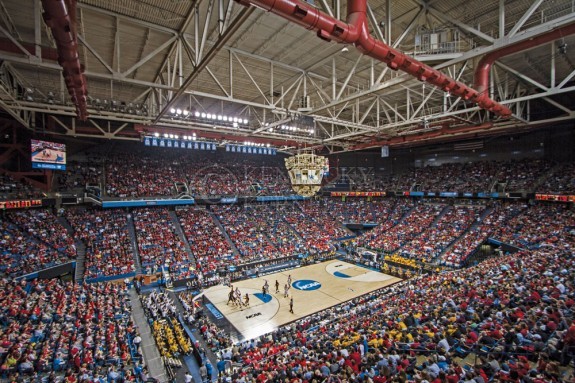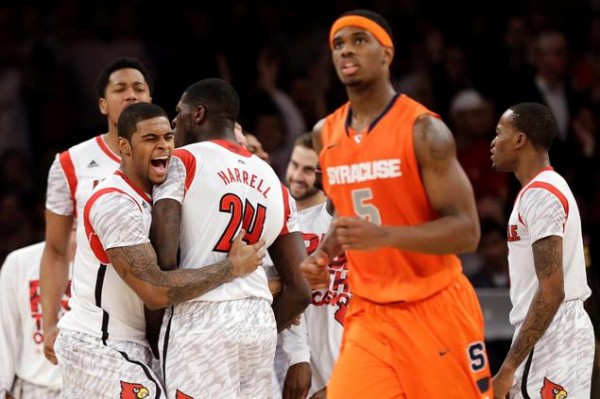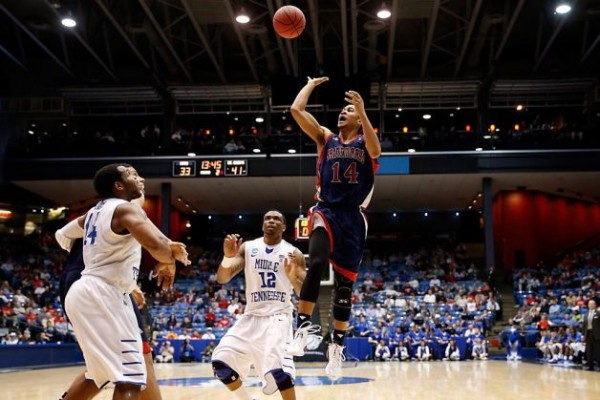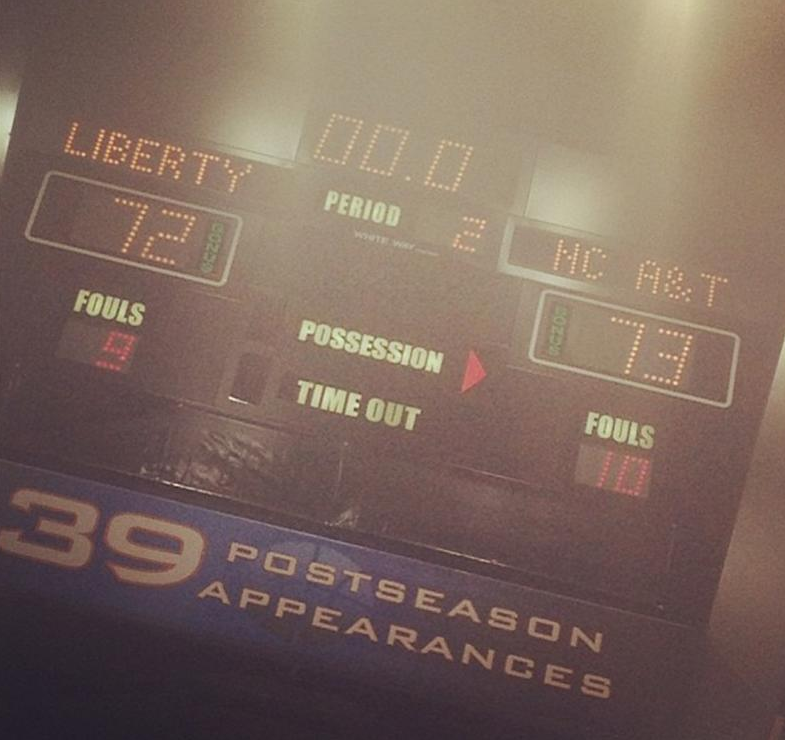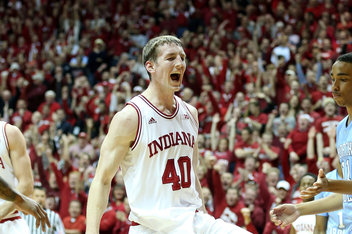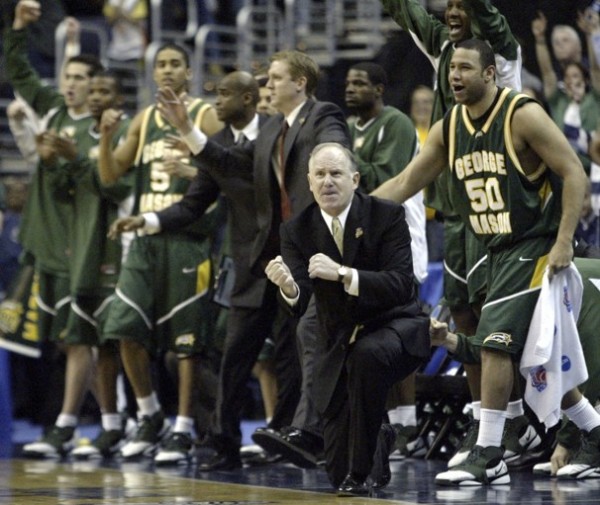Harvard Must Stay the Course After Winning Great Alaska Shootout
Posted by Tommy Lemoine on December 4th, 2013High expectations can sometimes have an adverse effect on a basketball team, magnifying moments of failure and creating unnecessary pressure that otherwise would not exist. After pulling off an unexpected upset over #3-seed New Mexico in last year’s NCAA Tournament, Harvard entered this fall with entirely different expectations from a year ago. Whereas the 2012-13 Crimson squad was largely written off before the year began with star upperclassmen Brandyn Curry and Kyle Casey having withdrawn from school due to an academic scandal, this season’s club returned both of those All-Ivy players in addition to four starters and a strong recruiting class to boot. Needless to say, expectations were sky-high coming into this season. And for a program that only recently became a regular contender in the Ivy League, a presumed conference championship and possible single-digit seed in the Big Dance inevitably meant there was going to be a certain amount of pressure.
So it probably came as a relief for head coach Tommy Amaker that his team— after narrowly losing a winnable game at NCAA-caliber Colorado the Sunday prior—bounced back in resounding fashion over the holiday weekend by knocking off Denver, Green Bay and TCU on its way to capturing the Great Alaska Shootout. Despite playing without Curry and junior big man Kenyatta Smith, both of whom remain out with foot injuries, Harvard managed to win each game by a comfortable margin and was only really pushed in the second half by Green Bay. Guard Wesley Saunders, picked by many to win Ivy League Player of the Year, took home MVP honors by averaging 14 points, eight rebounds and nearly five assists a game, and sharpshooter Laurent Rivard—who struggled from behind the arc in the second half against Colorado—seemed to find his stroke in the final two games in Anchorage, shooting 10-of-24 from deep. Also notable was the Crimson’s dominance on the offensive glass throughout the tournament: The team gathered a combined 43 offensive boards to its opponents’ 23, leading to a bunch of second-chance points.





























